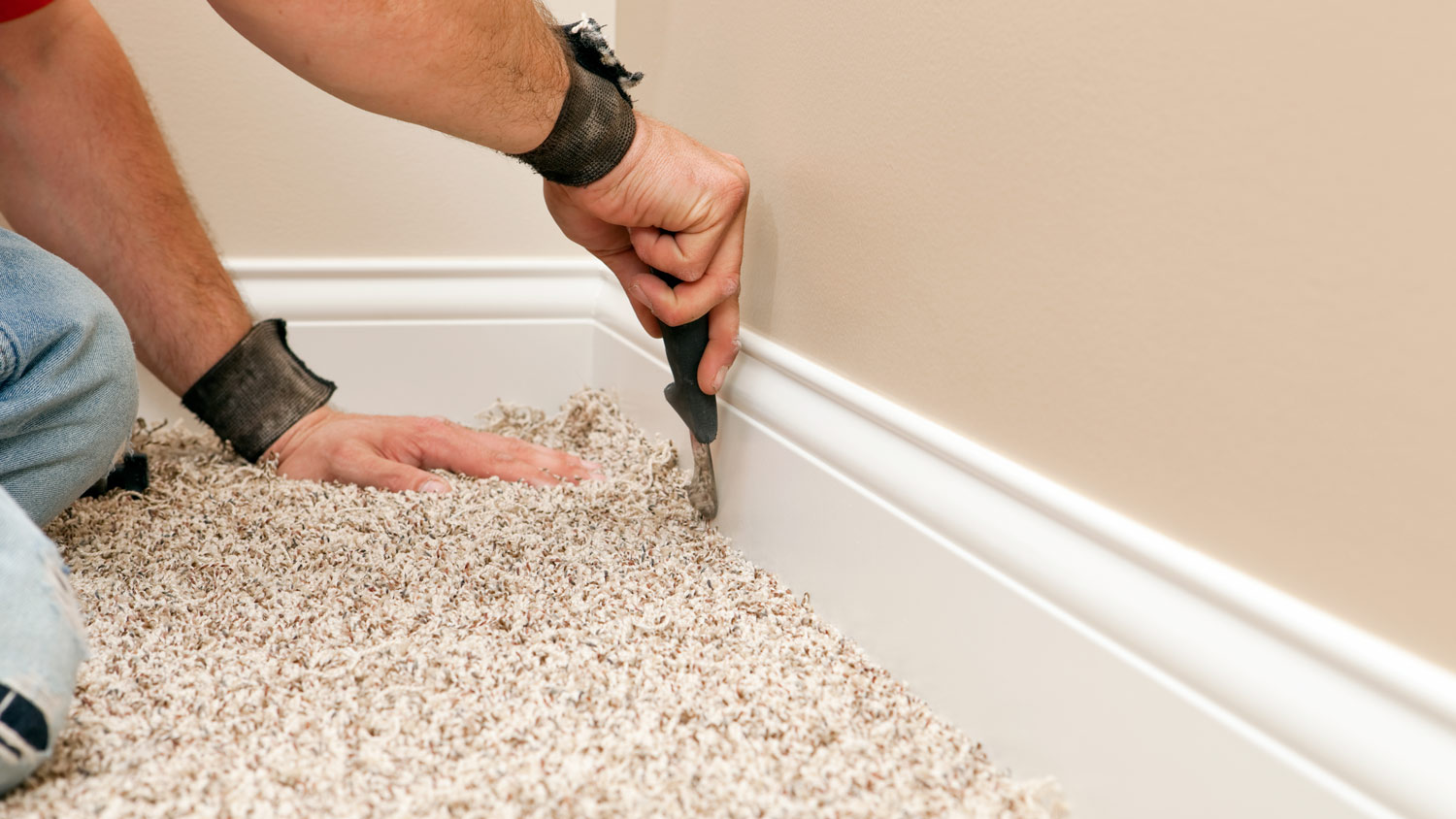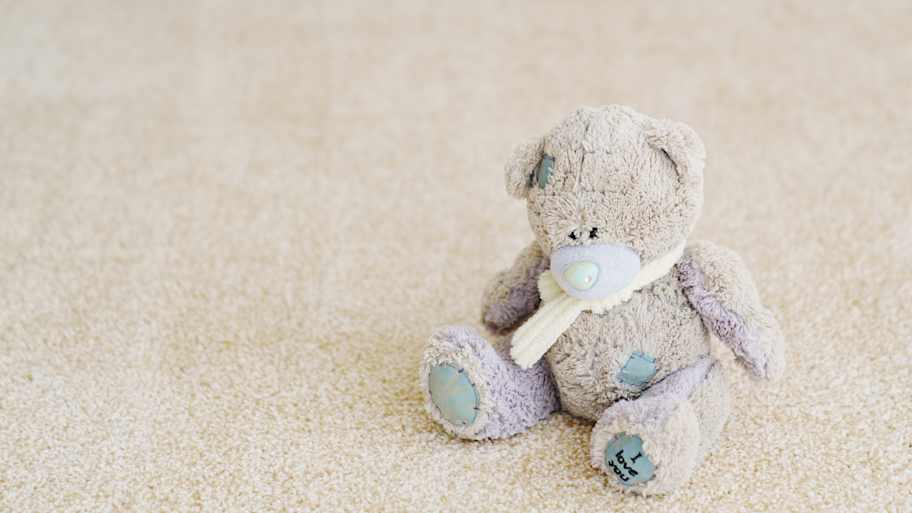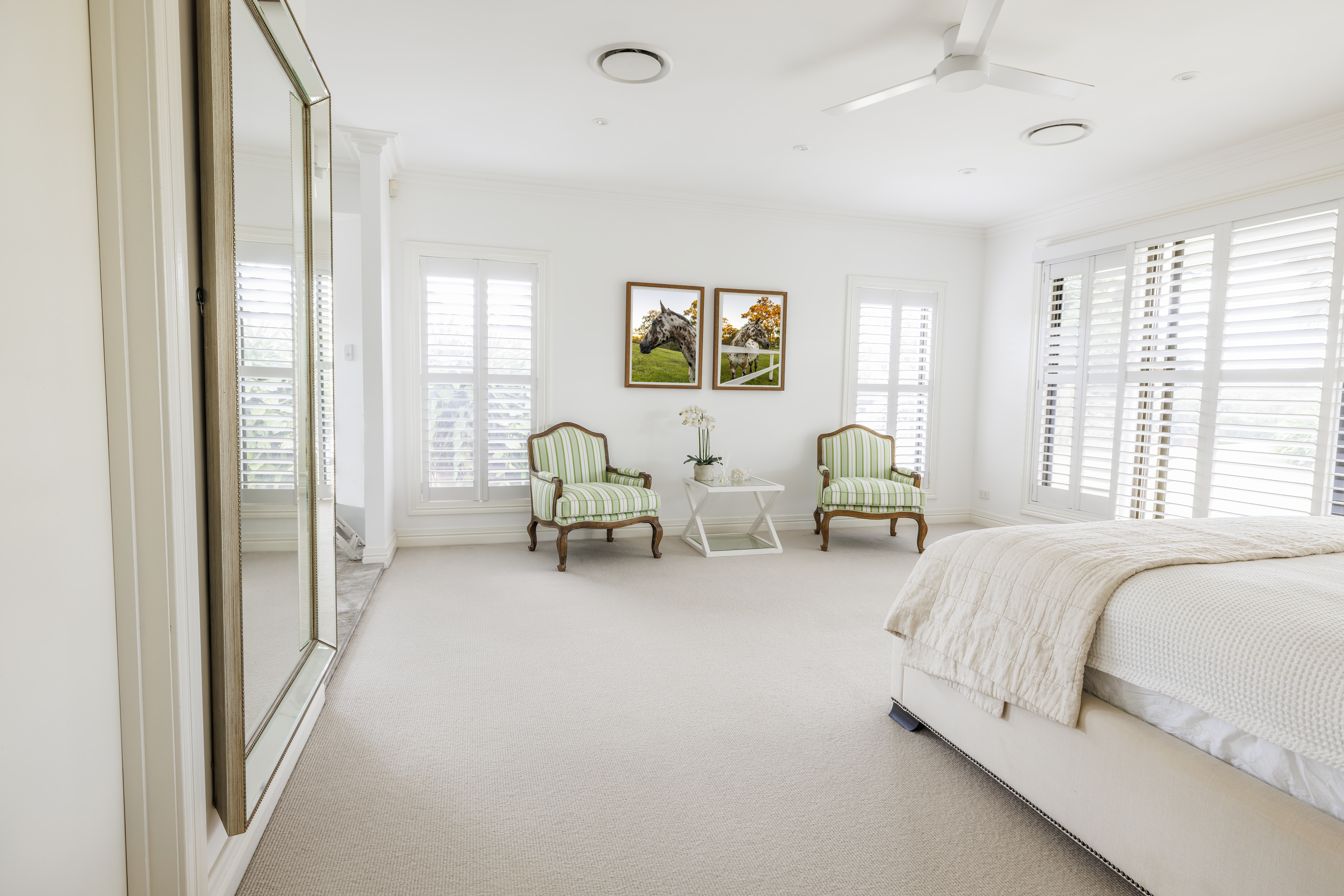
Get a clear estimate for carpet repair cost. Learn what impacts pricing, compare repair types, and find ways to save on your next carpet project.
Save and get stain resistance, but give up some luxury


Polypropylene carpet resists fading, abrasion, and doesn’t absorb liquid.
If you’re looking for an affordable option, polypropylene carpet is one of the least expensive carpets
This carpet is easily crushed under heavy foot traffic and may show wear and tear faster than more expensive materials.
If you’re looking for budget-friendly carpet options, weigh the pros and cons of polypropylene carpets. This carpet material, also known by the generic name olefin, resists staining, comes in a wide range of colors, and is easy on your wallet. However, consider where you’ll install this carpet in your home and the amount of foot traffic before installing these carpets.
The process of making polypropylene carpet involves melting down plastic granules derived from petrochemicals and turning them into fibers that can be looped or twisted into yarn. The yarn is then tufted into a nylon or latex backing to create polypropylene carpet. A carpet installer can assess your needs and recommend the type of carpet that will work in your space.
| Pros of Polypropylene Carpet | Cons of Polypropylene Carpet |
|---|---|
| Cost-effective | Can pill over time |
| Colorfast | Low melting point |
| Range of color options | Off-gassing |
| Resistant to stains and water | Crushes easily and quickly |
These pros might steer you toward a polypropylene carpet.
Polypropylene balances aesthetics and durability with cost and affordability. Expect to pay $1 to $3 per square foot for the cost of polypropylene carpet. While wool and nylon are more durable than polypropylene, their high price tags can easily exceed a carefully planned budget.
Once spun, polypropylene fibers don’t readily absorb water. Consequently, the polypropylene is dyed in the formation stage, as it’s being made into plastic granules—a process known as solution dying that makes the color inherent to the carpet’s fiber rather than being absorbed after the fiber is created. The result is a highly colorfast and fade-resistant carpet that withstands direct sunlight and frequent cleaning.
Polypropylene comes in various colors to fit different room designs. No matter your design aesthetic, you can most likely find a polypropylene carpet that complements the space's look and feel.
Polypropylene fibers don’t readily absorb liquids or get damaged by humidity. Consequently, they resist stains and mold. While they’re not 100% waterproof or stainproof, they’re more forgiving and you have more time to clean up spills and wet messes.

Be aware of the cons of these carpets before planning your flooring project.
Polypropylene carpet can look like nylon or wool but lacks the luxurious feel of high-end materials. Some of the least expensive polypropylene carpets may also pill over time, making them look worn earlier than other materials.
Polypropylene has a low melting point, so avoid installing it near fireplaces and woodstoves. It’s sensitive enough that the heat from friction in high-traffic areas can cause it to crush or wear down prematurely.
As a petrochemical derivative, polypropylene isn’t the most environmentally friendly material. It can also off-gas, releasing volatile organic chemicals (VOCs), particularly when it’s first installed. Adequate ventilation is important during and immediately after it’s installed. There are low-VOC polypropylene carpets, but some off-gassing will still occur.
Polypropylene crushes easily and quickly compared to natural fiber and nylon carpets. It’s a better choice for low- to medium-traffic areas rather than a frequently traveled hallway or bedroom.
While durable flooring options may cost more, consider the wear and tear your floor will withstand in high-traffic areas, especially in homes with children and pets. If you’d like help choosing a material, a flooring pro can recommend strong materials that will look great in your home.

There are several alternatives to polypropylene though many come with a higher price tag. Here’s a breakdown of other carpet options:
Wool: Wool carpets are known for their durability. They’re sustainable and resistant to stains, flames, and abrasion. However, they’re expensive and susceptible to mold, mildew, and moth damage.
Other natural fibers: Hemp, bamboo, jute, seagrass, and cotton are a few more natural materials used to make carpets. They’re sustainable, but are often blended with wool or synthetic materials to enhance their durability.
Nylon: Nylon carpet is the most prevalent material used in carpet manufacturing. It’s highly durable, resilient, resistant to stains and moisture, and colorfast. While it’s not as expensive as wool, it’s more expensive than polypropylene.
Polyester: Polyester is known for its bright, fade-resistant colors. It’s also resistant to water and stains. However, it lacks the resilience of natural fibers or nylon.
If you want a carpet for a medium-traffic area—like a bedroom, hallway, or formal living room—a polypropylene carpet will likely fit within your budget. The color range means you can match it to almost any room and the stain resistance can help it last for years to come. However, look into alternatives if you need carpet that won’t off-gas, will stand up to high-traffic areas, and will fit into luxury home designs.
A local carpet installer can walk you through the pros and cons of each type of carpet and weigh in on whether polypropylene is the right choice.
From average costs to expert advice, get all the answers you need to get your job done.

Get a clear estimate for carpet repair cost. Learn what impacts pricing, compare repair types, and find ways to save on your next carpet project.

Carpet padding makes your carpet feel extra comfortable and protects your floors from damage, but how much does carpet padding cost? Let’s look at the numbers.

The cost to carpet stairs depends on the number of stairs, material choice, and staircase type. Read on to calculate your project expenses

Knowing the best time to buy carpet can save you hundreds of dollars on installation and may help you get a higher-quality one. Here's what you need to know.

If you’re looking to cover unsightly stains in your home, dye is an alternative to replacing the carpets entirely. Here’s how to dye carpet from start to finish.

Wool carpet is a modern luxury, but it’s not right for every room. This guide will walk you through wool carpet pros and cons.